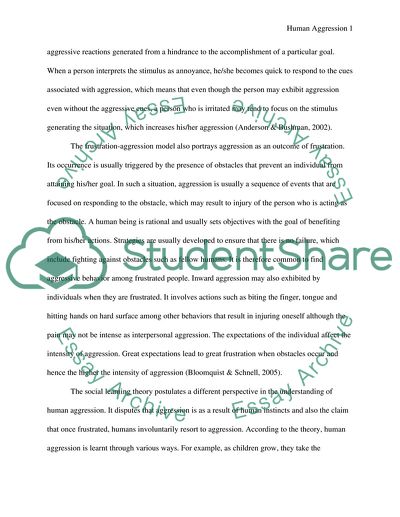Cite this document
(“Is Human Aggression Learned Research Paper Example | Topics and Well Written Essays - 1000 words”, n.d.)
Retrieved from https://studentshare.org/education/1565863-is-human-aggression-learned
Retrieved from https://studentshare.org/education/1565863-is-human-aggression-learned
(Is Human Aggression Learned Research Paper Example | Topics and Well Written Essays - 1000 Words)
https://studentshare.org/education/1565863-is-human-aggression-learned.
https://studentshare.org/education/1565863-is-human-aggression-learned.
“Is Human Aggression Learned Research Paper Example | Topics and Well Written Essays - 1000 Words”, n.d. https://studentshare.org/education/1565863-is-human-aggression-learned.


